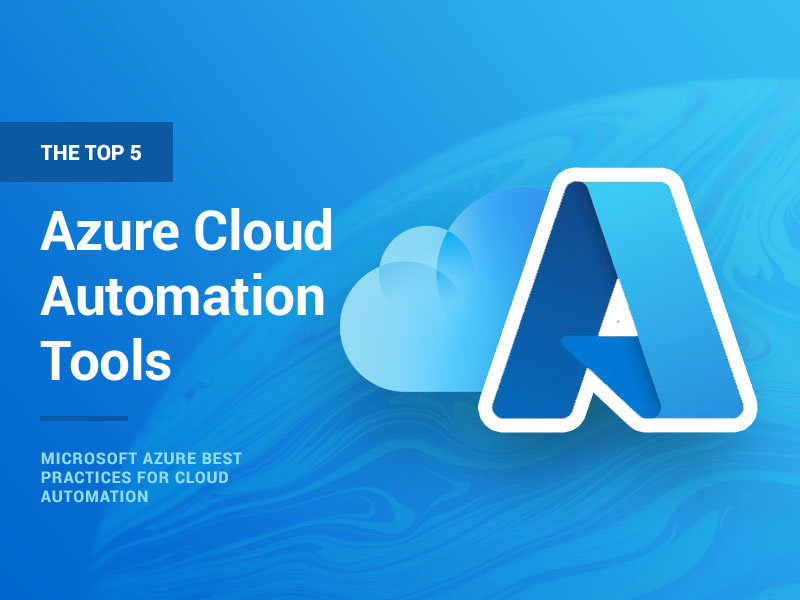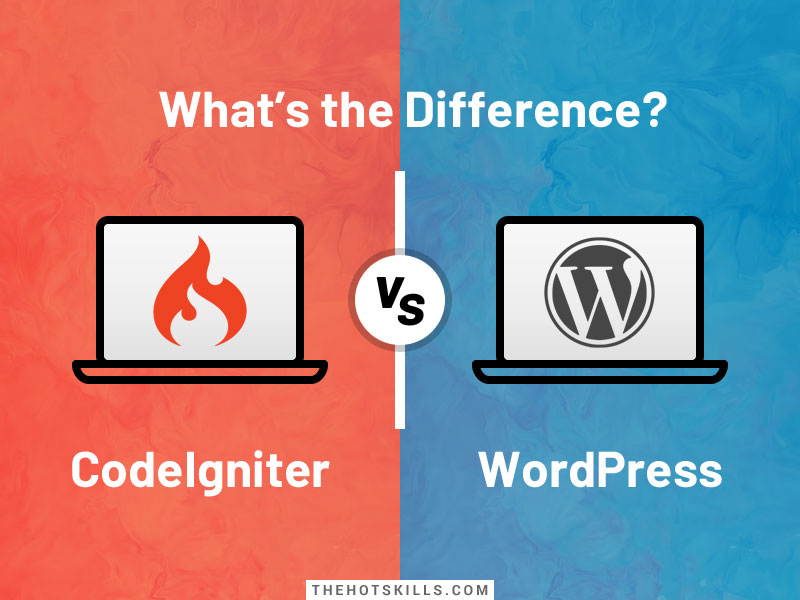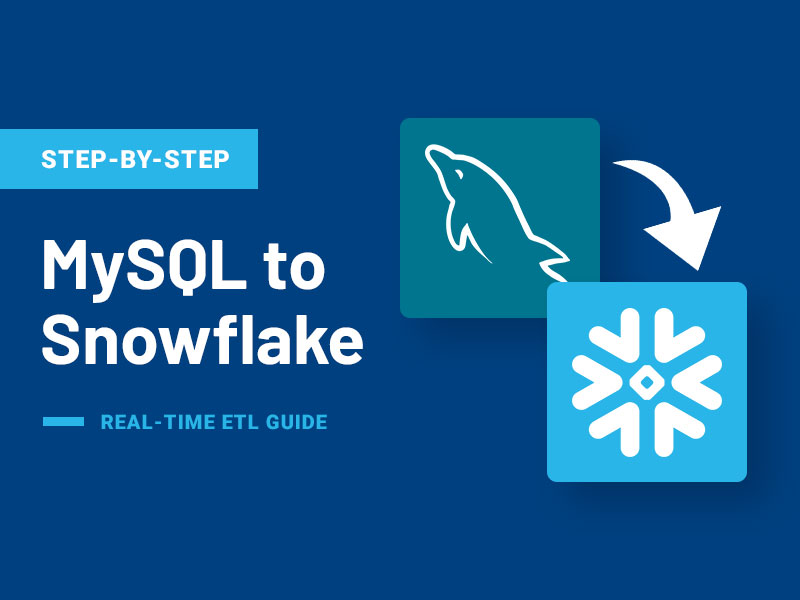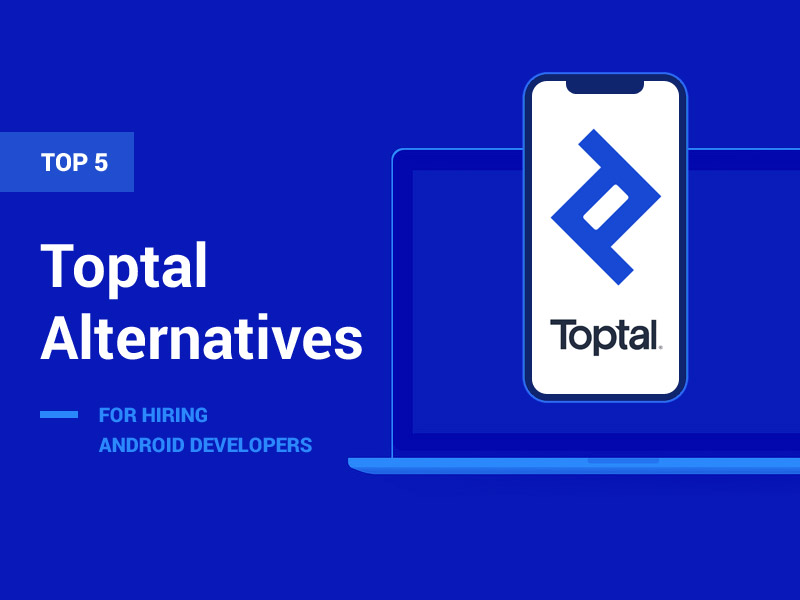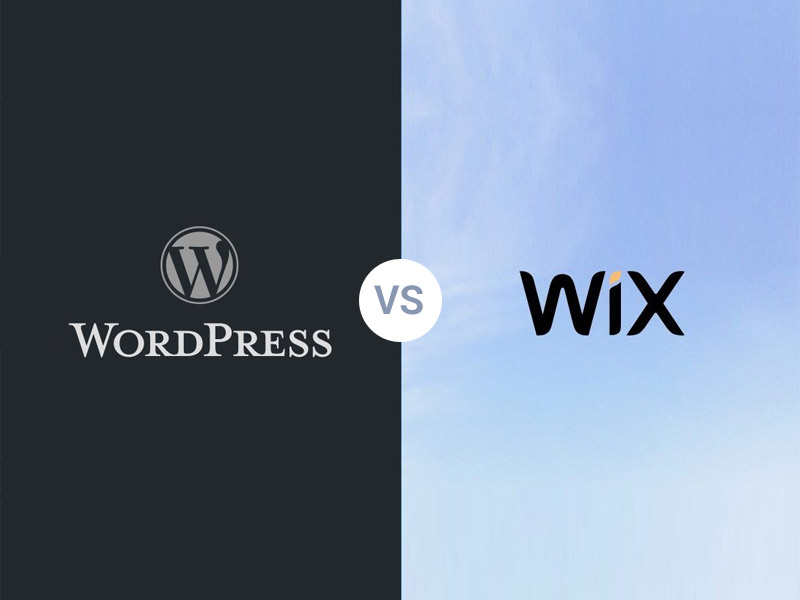The growing demand for cutting-edge technologies like AI, big data analytics, and cloud computing, is an important reason why Azure cloud automation serves as the primary engine for cutting-edge business models and operations. According to a Markets and Markets analysis, the global market for cloud computing is expected to grow from USD 371.4 billion in 2020 to USD 832.1 billion by the end of 2025. Furthermore, according to the analysis, the industry would expand at a startling 17.5 percent compound annual growth rate (CAGR) during the anticipated year.
It is clear that in every business, companies are required to provide their clients with streamlined, consistently value-adding, and bug-free solutions. Organizations, however, face difficulties in developing a suitable roadmap for automating cloud operations. They also have to overcome difficulties including upkeep, decision-making, and security.
The answer to the aforementioned problems is to automate the company’s cloud operations. Despite how simple it may seem, implementing automation in existing cloud architecture is a challenging task. Before shifting automation to the cloud, the company must consider overcoming obstacles such as VM Sprawl, SLA Monitoring, Compliance & Security, and most importantly, integrating the automated operations into the current infrastructure.
Businesses are leaning towards Azure cloud automation to overcome these automation issues. Microsoft created Azure as a cloud computing platform for creating, testing, deploying, and managing applications and services via data centers under Microsoft management. Automation of cloud operations has raised a variety of security and governance issues for businesses.
Now let’s discuss:
Microsoft Azure best practices for cloud automation
Let’s examine the procedures and equipment that businesses use to automate their cloud deployments on Microsoft Azure.
Recycle the Applications
Indeed, Azure has several robust features. They are unable to run the program independently in the provided environment due to their weakness. Thankfully, there is a workaround approach to do this operation. One option is to design and duplicate the workflow utilizing Azure Resource Manager’s infrastructure-as-code templates. Even though not all of these workflow elements are necessary, keeping some of them will make it simpler to modify and carry out new jobs in the future.
Selecting the Best Serverless Computing Method
Maintaining any supporting infrastructure adds to the workload for businesses where the need for smooth data representation and flow is crucial. Through monitoring and management of the infrastructure itself, serverless computing can lighten part of the maintenance workload.
Multiple serverless computing options are available through Microsoft Azure to assist businesses in automating their cloud. The organization’s business model will ultimately determine which of the several options Azure offers is of the greatest potential.
When choosing serverless computing, it’s important to understand whether the application uses its own logic or is managed by a third party. For instance, if the program relies on its logic, companies may choose Azure Function from the selection of serverless computing solutions. Stakeholders can be informed when the app’s logic initiates a task by doing this.
When selecting serverless computing options, consider the specific needs of your project, such as the level of control or scalability required. An essential decision to make is choosing between Azure Databricks Premium vs Standard, as each tier has distinct offerings tailored to different business requirements. For example, Databricks Premium provides advanced features like role-based access control, making it ideal for larger enterprises requiring high availability and stringent control. In contrast, the Standard tier, focusing more on core Apache Spark capabilities, could be more suitable for straightforward projects or smaller businesses. This choice plays a significant role in the overall effectiveness of your Azure cloud automation strategy.
Workflow Tracking Tags
When it comes to automation, each component of data stored on the cloud is essential. Segmenting the data into groups of comparable types is crucial for making the most of this information. However, the volume of data entering the corporate infrastructure is enormous, and it includes text, speech, and graphical data, among others. The users are thus faced with the difficult process of categorizing and separating the data.
Organizations must accurately and appropriately tag data to categorize it in order to address the aforementioned difficulty. Businesses can accomplish this by utilizing the tagging feature of Azure, which enables them to gather and manage metadata from numerous sources.
Microsoft Azure Development offered by Microsoft Cloud cover the entire app development lifecycle, from inspiration to testing to deployment.
Moving further let’s look at the tools that can make cloud automation simple for you now that we are well aware of the best practices for using Azure cloud automation.
Also read: 7 Tips to Select the Best Cloud Service Provider
Top 5 Microsoft Azure Cloud Automation Tools
Azure Active Directory
When it comes to modern cyber security, AD – Azure Active Directory has everything a company could possibly need to safeguard account activity or protect its data. The program offers sign-in and multi-factor authentication in addition to many other security features. The tools can sync with an on-premise active directory and provide authentication to numerous cloud-based systems via OAuth.
Azure Pipelines
With the aid of Azure Pipeline, businesses can automate their CI/CD pipelines. With the help of this technology, businesses can automate code development and deployment while monitoring every little thing. Depending on how complex the environment is, organizations may quickly make the necessary changes, enabling them to easily adopt automation.
Azure Virtual Machine
For many companies in the market, having a virtual machine (VM) powered by Microsoft Azure is advantageous. It enables businesses to get the most out of modern cloud computing. The technology makes it possible for businesses to use their equipment or system without worrying about the cost of buying or maintaining new physical equipment.
Azure Automation
Customers may deploy multi-tier applications with Azure Automation by combining tools for configuration management and orchestration like RUDDER, SaltStack, and Terraform with a single command. Using the Azure automation tool, administrators may simply carry out administration tasks by generating run-books, an ordered matrix containing a list of commands. Additionally, the tools enable users to create webhooks and make the necessary infrastructure changes using ARM – Azure Resource Manager templates.
Tools for Business Intelligence
There are numerous advantages to relying on business intelligence solutions like Microsoft’s Power BI. Of course, gathering and processing data effectively is one of the biggest benefits. Following that, businesses can further organize their data, do analysis, and create dashboards, reports, and different kinds of visualizations.
Wrapping Up…
The use of Azure cloud automation tools in the business world is accelerating significantly right now. In today’s cutthroat economic environment, enterprises can hasten their digital transformation by utilizing Azure’s cutting-edge tools and services. It can be challenging to optimize the cloud infrastructure for automation implementation. We at Prakash Software Solutions Pvt. Ltd are aware that every company has a different set of particular needs and problems that it must occasionally handle. Connect with us for any of your Microsoft Azure development services requirements.
